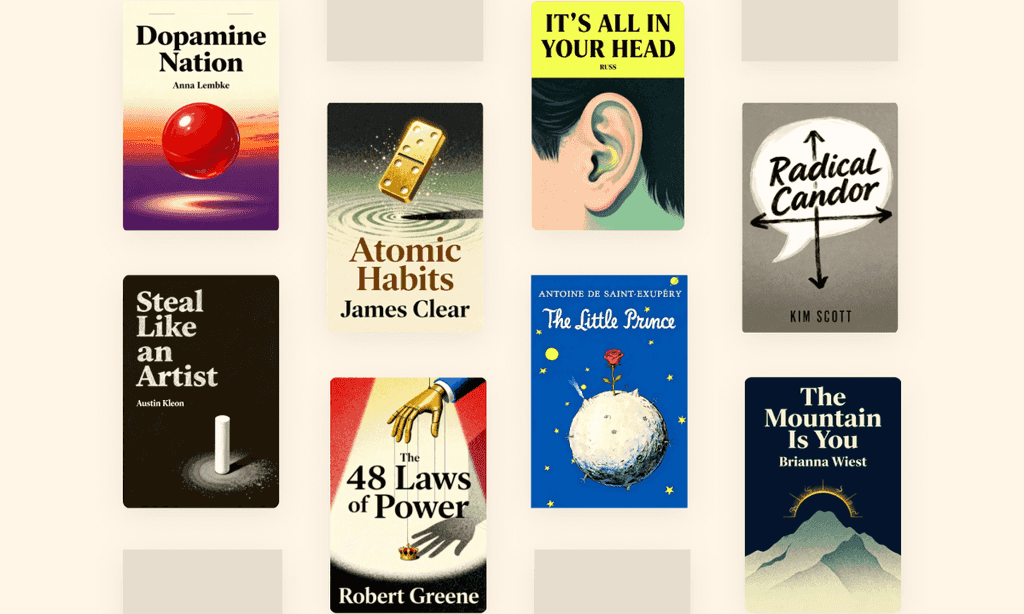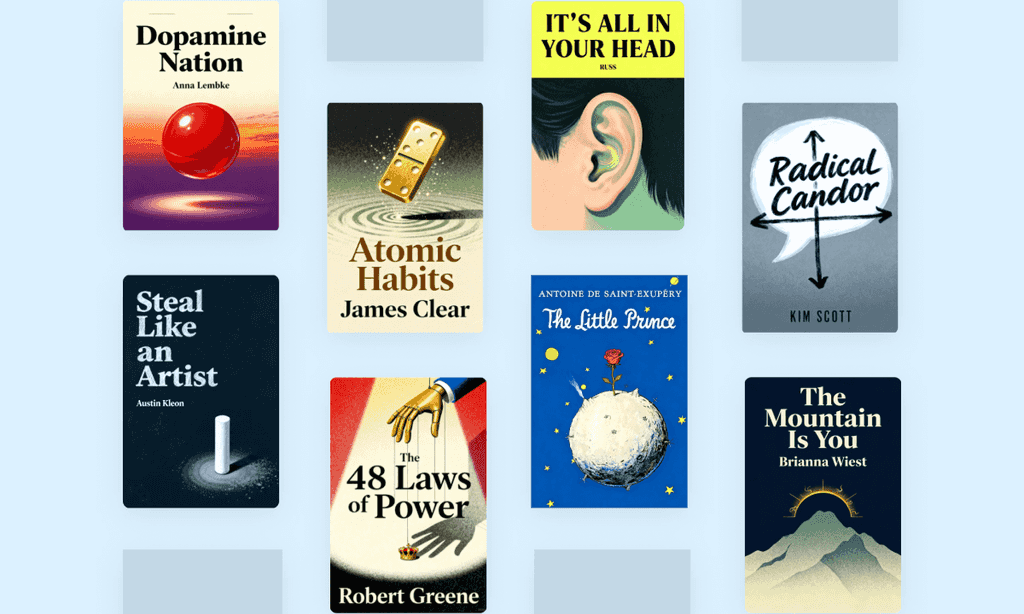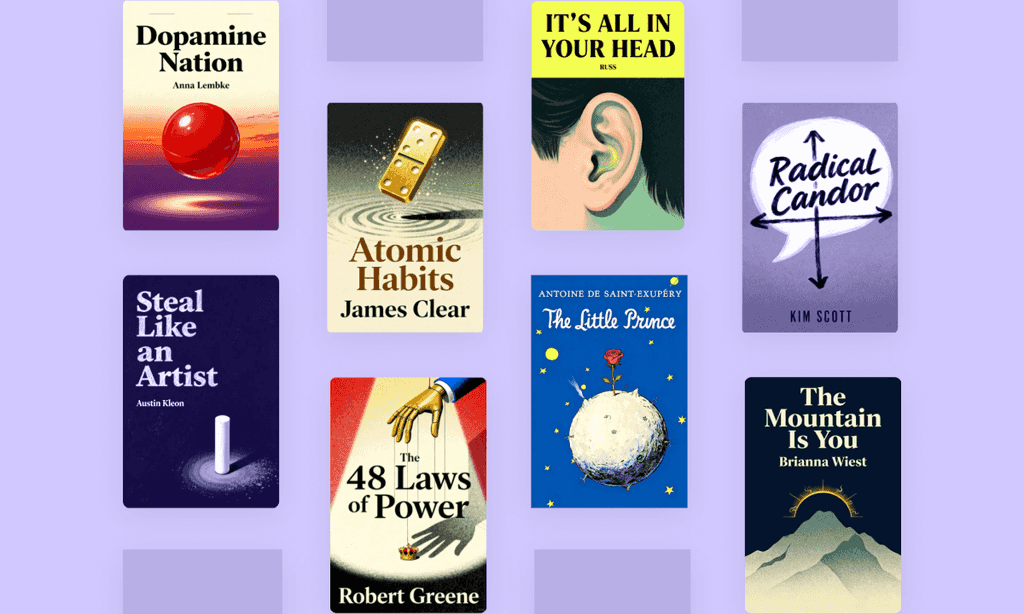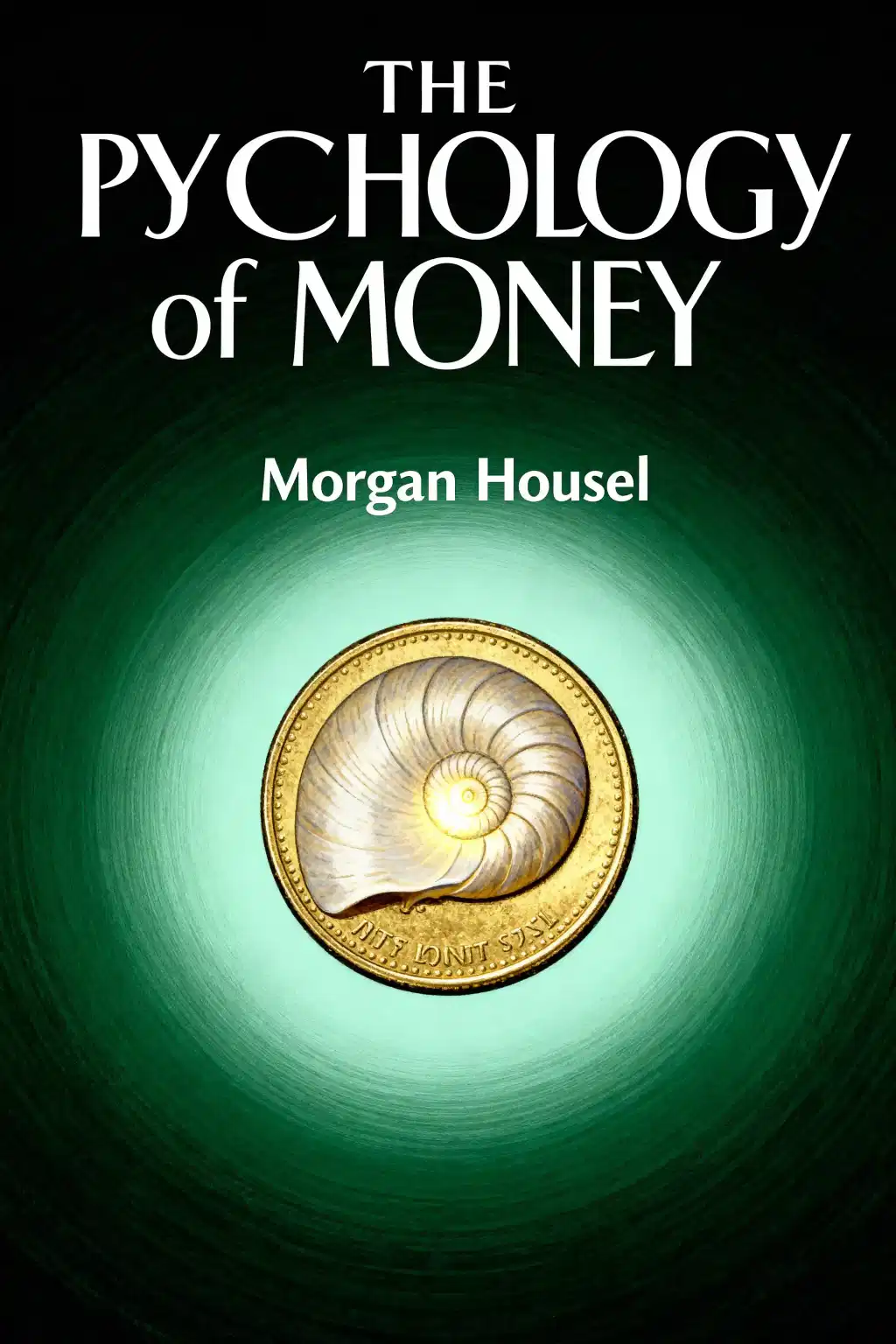
Same as Ever by Morgan Housel Summary
In "Same as Ever," Morgan Housel reveals what never changes in our chaotic world. Bill Gates called it "revelatory" - this 7-million-copy bestseller asks: Why do we repeatedly fall for the illusion of certainty when history shows humans never truly change?
About the author
Morgan Housel, bestselling author of Same As Ever and renowned behavioral finance expert, explores timeless lessons on navigating uncertainty and human decision-making in this insightful work. A partner at The Collaborative Fund and former columnist for The Wall Street Journal and The Motley Fool, Housel leverages his two decades of financial writing and investing experience to dissect how historical patterns shape modern economic behavior.
His groundbreaking book The Psychology of Money—a global phenomenon with over seven million copies sold and translations in 60+ languages—established his reputation for transforming complex financial concepts into accessible narratives.
Housel’s analysis regularly appears in top-tier media outlets, and his keynote speeches at leading financial institutions and global conferences reinforce his status as a preeminent voice in money psychology. The New York Times bestselling author combines academic rigor with storytelling flair, drawing from his board role at Markel Corporation and collaborations with industry pioneers.
Same As Ever builds on his signature approach of blending historical case studies with behavioral economics, offering readers actionable frameworks for long-term decision-making in volatile times.
FAQs About This Book
Same as Ever explores timeless truths about human behavior, risk, and societal patterns through 23 concise stories. Morgan Housel argues that while the future is unpredictable, core drivers like greed, fear, and innovation remain constant. The book offers insights into managing uncertainty, navigating progress, and understanding historical cycles.
Investors, behavioral economics enthusiasts, and readers of Housel’s previous work (The Psychology of Money) will find value. It’s ideal for those seeking actionable frameworks to navigate volatility or understand how human nature shapes financial and social trends.
Yes—it’s a New York Times bestseller praised for blending storytelling with practical wisdom. With a 4.5/5 rating, readers highlight its relevance to modern challenges like economic uncertainty and AI disruption. Housel’s focus on enduring principles makes it a lasting resource.
- Expectations shape happiness: Overestimating outcomes leads to dissatisfaction.
- Risk is invisible: Major crises (e.g., 2008 crash) often stem from overlooked vulnerabilities.
- Progress isn’t linear: Setbacks are inevitable but temporary.
While The Psychology of Money focuses on financial behavior, Same as Ever examines broader human patterns like risk tolerance and societal evolution. Both use storytelling, but the latter emphasizes historical cycles over money-specific advice.
Some reviewers note its reliance on anecdotes over data. However, most praise its accessible style and practical takeaways, with critics acknowledging its value for understanding behavioral constants.
Its themes—like adapting to technological change and economic uncertainty—align with 2025 challenges like AI adoption and market volatility. Housel’s emphasis on historical patterns helps readers contextualize modern disruptions.
- “The dead outnumber the living 14-to-1—we ignore their lessons at our peril.” (Niall Ferguson)
- “The wise in all ages have always said the same thing.” (Schopenhauer)
Both underscore learning from history to navigate the future.
Housel describes these as risks we fail to anticipate (e.g., Titanic’s “unsinkable” myth). He argues preparedness for the unforeseeable—like diversifying investments—is more critical than predicting specific threats.
The Titanic symbolizes overconfidence in risk management, while “drunken stumble forward” illustrates non-linear progress. These metaphors simplify complex ideas about human behavior and innovation.
By highlighting timeless principles like frugality during booms and liquidity in crises, Housel advises building resilience over chasing trends—a mindset applicable to saving, investing, and debt management.
Fans of James Clear’s Atomic Habits (systems over goals) or Nassim Taleb’s The Black Swan (managing uncertainty) will appreciate Housel’s focus on enduring strategies amid chaos.
Quick Summary Mode - Read or listen to Same as Ever Summary in 9 Minutes
Break down key ideas from Same as Ever into bite-sized takeaways to understand how innovative teams create, collaborate, and grow.
Flash Card Mode - Top 8 Insights from Same as Ever in a Nutshell
Distill Same as Ever into rapid-fire memory cues that highlight Pixar’s principles of candor, teamwork, and creative resilience.

Fun Mode - Same as Ever Lessons Told Through 22-Min Stories
Experience Same as Ever through vivid storytelling that turns Pixar’s innovation lessons into moments you’ll remember and apply.
Personalize Mode - Read or listen to Same as Ever Summary in 0 Minutes
Ask anything, pick the voice, and co-create insights that truly resonate with you.

From Columbia University alumni built in San Francisco
See More Stories?

Get the Same as Ever summary as a free PDF or EPUB. Print it or read offline anytime.
























